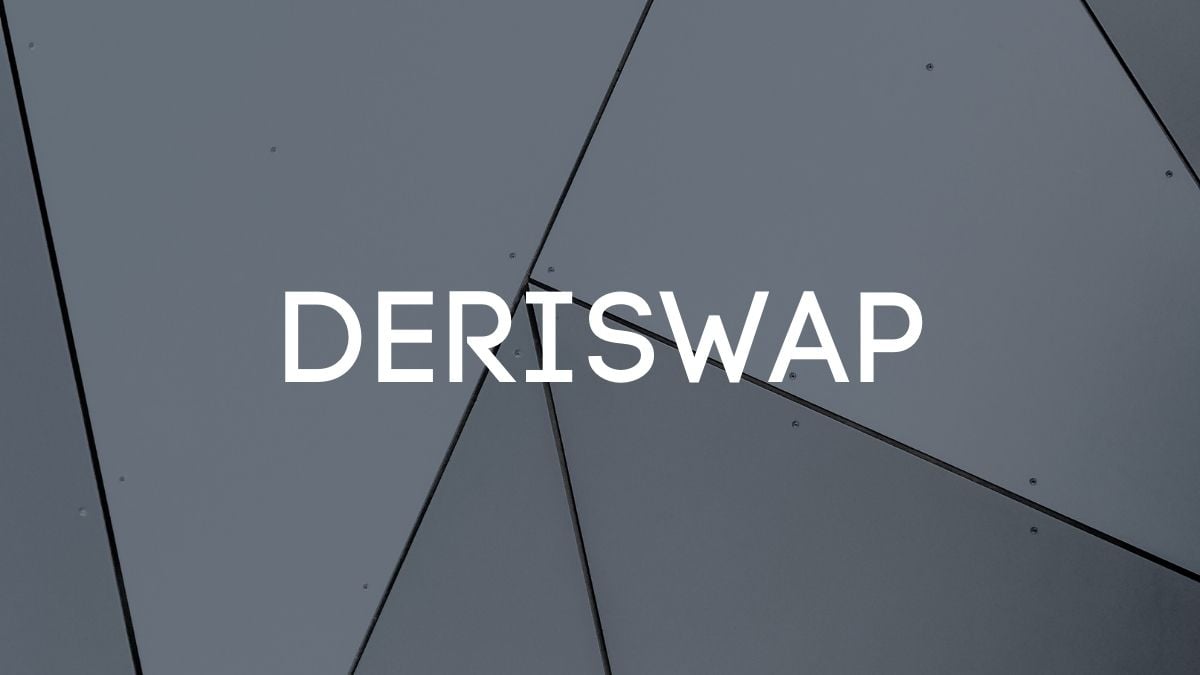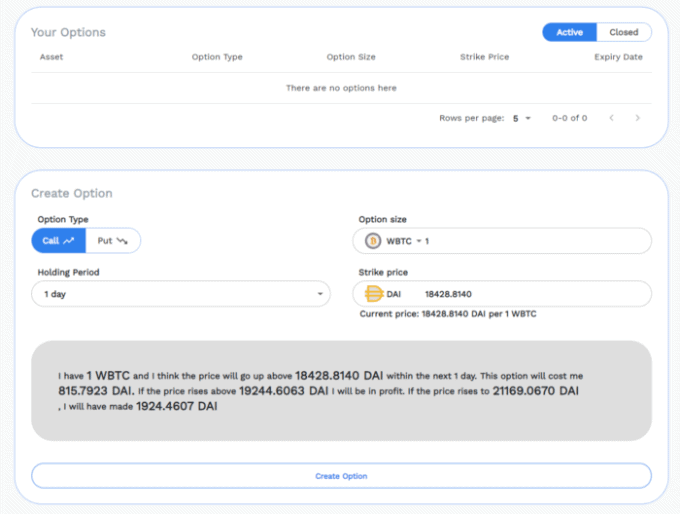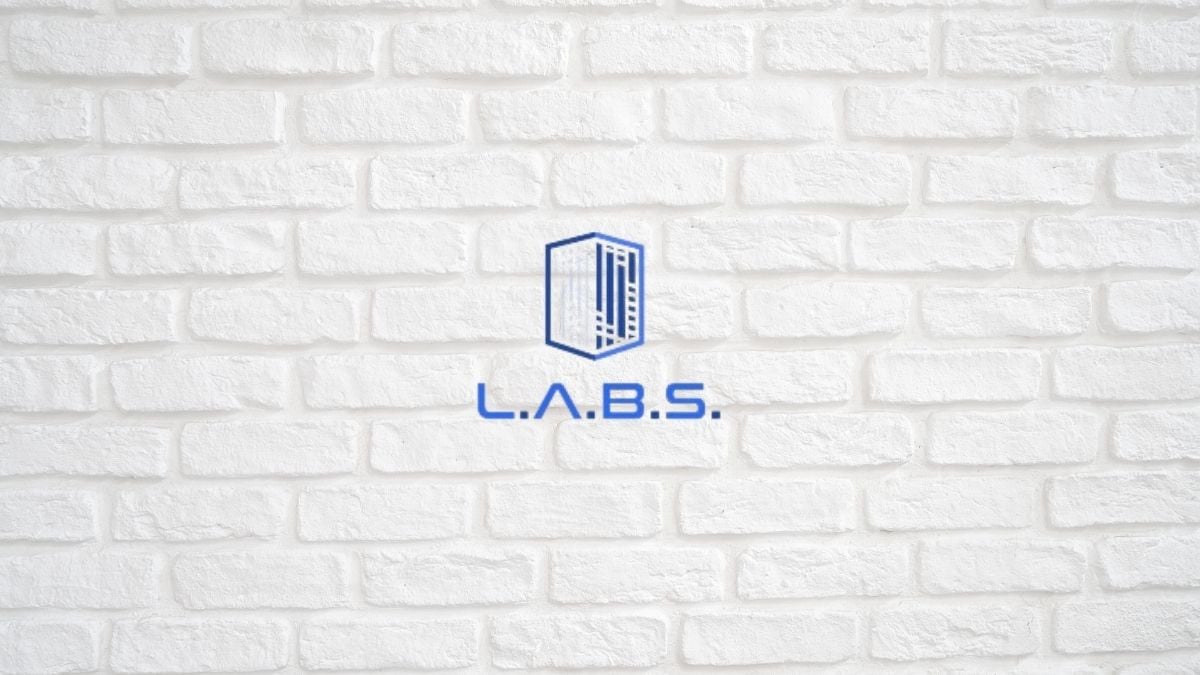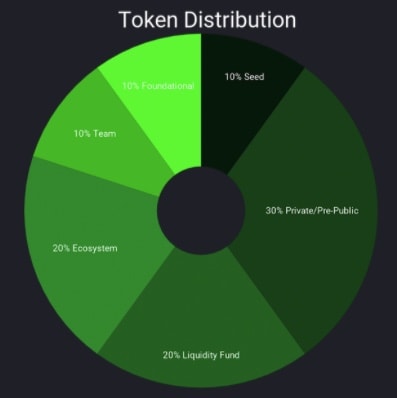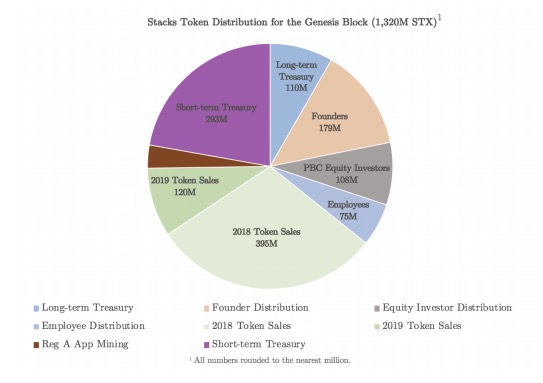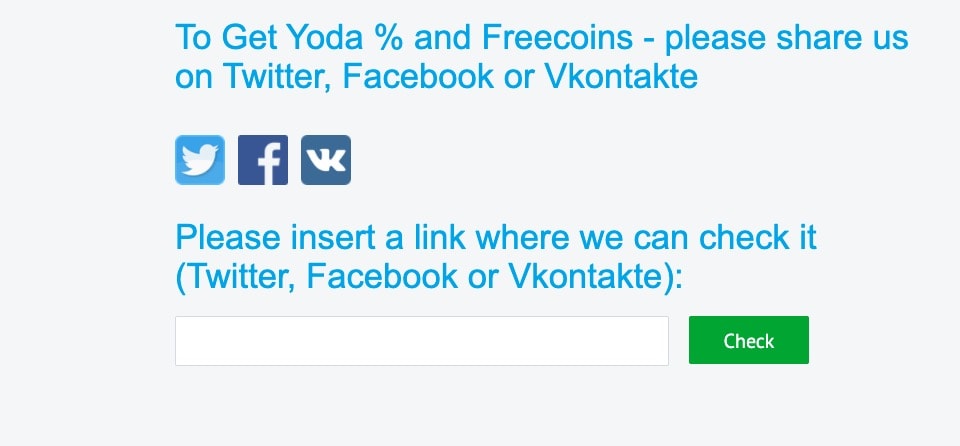Utilizing Substrate as a development blueprint, Konomi Network aims to develop a fully interoperable service product that allows users to trade cryptocurrencies, manage their holdings, and make a profit out of decentralized money market options for the Polkadot ecosystem.
Background
The problem that has since limited the use of cryptocurrencies and hindered its mass adoption is the lack of interoperability. Holders of a particular token belonging to a different blockchain cannot easily make cross-chain transactions. This also means that all other digital asset providers cannot simply work together to provide financial services due to network restrictions.
Konomi Network is designed to solve that issue. Built on top of the Polkadot blockchain, the project addresses the problem with gas fees on Ethereum. This is to improve transaction speed and network scalability.
As of now, the protocol already supports a decentralized liquidity swap and money market. The team behind Konomi is currently working on the launch of the bridge to Polkadot’s parachains, wallets, and the open virtual machine to support smart contracts. Before the end of the year, the team is planning to launch the Konomi mainnet on the Polkadot ecosystem, link with other assets through a cross-chain bridge, as well as introduce fiat payments.
What is the Konomi Network?
Konomi Network is an independent blockchain project that features a comprehensive asset management platform on top of the Polkadot ecosystem. It provides cross-chain products and services such as trading, lending, and deposits. Since the platform is supported by parachains and Ethereum bridges, it can facilitate blockchain-agnostic services.
One of the strongest suits of the platform is its liquidity. Any trader can access liquidity from other exchanges through the platform in performing their trades and it relies on automated market makers (AMM) to supply buy and sell orders without the need for order books.
For further decentralization, the platform implements the same consensus model as Polkadot, the Nominated Proof of Stake (NPoS). In this system, network security is maintained by the validators selected by the protocol’s stakers. They can freely choose how much they want to delegate to a validator and earn rewards in proportion to the amount of their stake.
In the beta phase of the platform, it can be accessed as a web application. But in the next upgrades, the team will introduce a mobile version with the objective of making it easier for users to open the application.

Konomi Wallet
Konomi Wallet features a decentralized asset storage function. Users can freely deposit their cryptocurrencies on the wallet while still being able to monitor their holdings across different protocols. Through this application, users can also access either Konomi Trade or Lend easily.
Konomi Trade
Konomi Trade allows users to conduct their trades with the supply of liquidity coming from different markets in the Polkadot network. Supported by its AMM implementation, traders enjoy immediate on-chain transaction execution without the need for any third-party facilitator.
Konomi Lend
Konomi Lend is a decentralized money market protocol designed to allow users to borrow and lend their digital assets to other interested users. This product features the collateralized debt position model. This is where borrowers are required to lock at least the minimum amount specified for collateralization before they are allowed to make loans. For now, Konomi supports Polkadot’s native token (DOT) for collateralization.
Decentralized Trading Protocol
Konomi is designed to implement AMMs that are similarly deployed in most Ethereum-based exchanges. Its architecture is patterned after the DODO exchange, allowing it to effectively mitigate the risks of impermanent loss on the part of the traders.
Decentralized Money Market
Konomi’s money market protocol backs its borrowing and lending services for assets based on the Polkadot ecosystem. The interest rates imposed on borrowing depend on the total supply and demand in the platform’s liquidity pool. Patterned after the Compound protocol, these rates will be computed on a per-block basis.
For those who would like to supply assets to the protocol’s existing liquidity pools, they can lock their holdings in smart contracts as collateral to earn lending interest. This also lets them access borrowing services.
Cross-Chain Messaging Passing Feature
Konomi will implement the Cross-Chain Messaging Passing (XCMP) function in order to achieve interoperability. XCMP is designed to link parachains together for the purposes of relaying transactions from one network to the other.
What this does is it allows transactions made in different parachains to work despite their independence with each other. This allows users to tap other markets on the Polkadot ecosystem even if their assets are only on the Konomi protocol.
KONO Token
KONO is Konomi’s native utility token that is used to pay for the platform’s minimal transaction fees, trade between other market participants, collateral for loans in the network, staking, and protocol governance. The supply of KONO is limited and fixed to 100 million tokens.
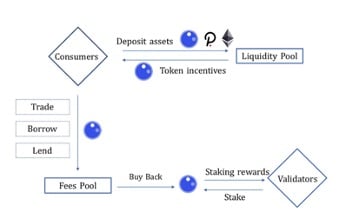
KONO holders are given the right to cast their votes on network proposals concerning different protocol parameters such as staking fee, transaction fee burn, liquidity mining ratio, and others. Participants to the governance mechanism are also given rewards for joining.
The reward system for the protocol is also powered by KONO tokens. Those who stake their tokens and supply liquidity to the protocol are entitled to a reward proportional to the amount of token they locked in the network.
Conclusion
Konomi is an up-and-coming addition to the array of decentralized finance (DeFi) products in the space today. Since its infrastructure is supported by the Polkadot blockchain, it can stand to be a valuable competitor of other decentralized money markets and asset management services in the near future. Furthermore, its products can potentially entice a lot of users looking to make additional profit out of their holdings through staking. Its outlook for future adoption is positive.
However, until the platform is fully operational, we cannot absolutely compare it with the initiatives that were first launched in the market. While Konomi is built on a high-performing blockchain with cross-chain functionality, its application’s capacity to support the needs of its users is still going to be the best metric for its growth and success.
Disclaimer: Cryptocurrency trading involves significant risks and may result in the loss of your capital. You should carefully consider whether trading cryptocurrencies is right for you in light of your financial condition and ability to bear financial risks. Cryptocurrency prices are highly volatile and can fluctuate widely in a short period of time. As such, trading cryptocurrencies may not be suitable for everyone. Additionally, storing cryptocurrencies on a centralized exchange carries inherent risks, including the potential for loss due to hacking, exchange collapse, or other security breaches. We strongly advise that you seek independent professional advice before engaging in any cryptocurrency trading activities and carefully consider the security measures in place when choosing or storing your cryptocurrencies on a cryptocurrency exchange.

